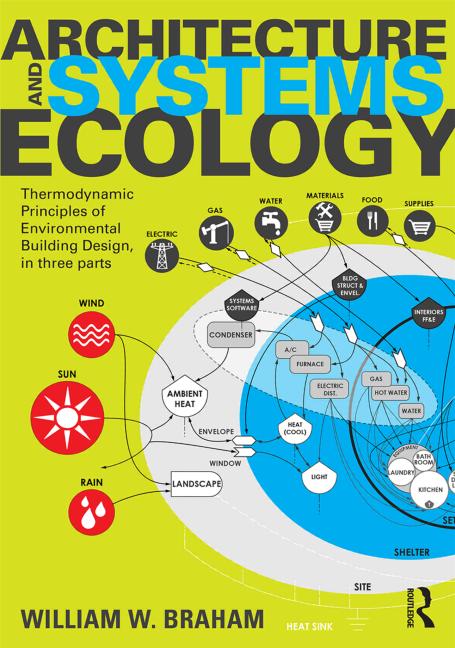Tate Lauderdale and Hunter Swatek are friends, coworkers and 2021 graduates of Auburn University’s School of Architecture, Planning and Landscape Architecture, or APLA. They have one more thing in common: They are also among the youngest architects ever licensed in the United States.
The National Council of Architecture Registration Boards, or NCARB, the coordinating organization for the 54 licensing jurisdictions in the U.S., works to promote common standards for licensure across state boards. NCARB manages the Architect Experience Program, or AXP, the required experience program associated with licensure, and the Architecture Registration Exam, or ARE, the licensing exam common to all states.
According to NCARB, the average architect takes more than seven years to complete the licensure process, and the average age of those beginning the exams is 29. Lauderdale and Swatek completed the process within 10 months of graduating when both were just 23 years old.
So, how did they do it?
“It was just this really friendly competition,” Swatek said. “It came down to the fact that we held each other accountable.”
The first step in becoming a licensed architect is completing the AXP. This requires logging 3,740 hours of professional work under the supervision of licensed professionals.
The experience requirement includes 96 tasks that are spread out among six areas—practice management, project management, programming and analysis, project planning and design, project development and documentation and construction and evaluation. The average licensure candidate takes four-and-a-half years to complete the AXP.
The second step is passing the ARE, a challenging six-section test that draws on licensure candidates’ knowledge from both academic study and professional experience. Every architect must pass each of the six divisions to complete the ARE. According to NCARB, it takes the average candidate 2.6 years to pass all six divisions, and the average pass rate per test is 54%.
Yet somehow Lauderdale and Swatek have completed the AXP and the ARE less than a year after graduating from Auburn in 2021. With both under the age of 23 years and 10 months at the time of licensure, they are among the youngest licensed architects to reach this goal.
Lauderdale and Swatek had a significant number of hours of the AXP program completed prior to graduation, though they obtained them in different ways. Lauderdale went to an internship fair during his freshman year and was surprised to land a position for the summer.
Once he returned to school in the fall, he realized how good it had felt to log hours for AXP. He was hired to work with the Office of the University Architect and continued to work there part time, 10-15 hours a week, for the next two years. After a semester abroad in Rome, Lauderdale completed another summer internship and continued working part time throughout his final year of school.
Swatek took a slightly different route, completing the program’s introductory studios in the summer after his freshman year to enter the architecture program in his sophomore year. His first internship wasn’t until the summer after his sophomore year, when he interned with a small two-person residential firm.
“After that, I pretty much interned every chance I had, whether it was winter break, summer or any other time off school,” Swatek said. “When I studied abroad in Scandinavia during my fourth year, I had a big break from the end of the fall semester until the end of February, so that was almost like another full semester of internship.”
As they neared the end of their final year, Swatek knew he and Lauderdale were close to finishing their AXP hours together.
“By the time we graduated, Tate and I were both generally at the same point in our licensure hours,” Swatek said. “When we calculated it, we figured we would be done by January of 2022. And sure enough, we submitted our last experience reports in January within three days of each other.”
As for the ARE exams, there were ups and downs for both as they worked toward passing all six sections. Swatek took the first test a few weeks after graduating and found it fairly easy.
“I studied a little bit, and I passed and I thought these are not that bad,” he said.
But when he and Lauderdale took the same approach a few months later, they found that studying “a little bit” was not quite enough to pass.
“That was a reality check,” Swatek laughed. “We realized we had to prepare more than we thought.”
They found that professional experience wasn’t quite as important to passing the exams as they may have thought and that studying one section at a time brought the best results. They would both study diligently for two or three weeks at a time then take an exam, pass it and turn their attention back to their full-time jobs. Their professional responsibilities often dictated when they had time to study and when they had to focus on important projects at work.
To finish off the ARE, Swatek studied for about a month and then passed the last three exams within nine days of each other. Lauderdale did the same, completing four exams in the span of three and a half weeks.
“Sometimes it was discouraging,” Lauderdale said. “We both failed exams, and once I had to re-sit for an exam when there was a tornado warning, and they wouldn’t let me finish. So, it wasn’t easy, but it was worth it in the end.”
.jpg?1658851270)



.jpg?height=200&t=1634942207&width=200)



